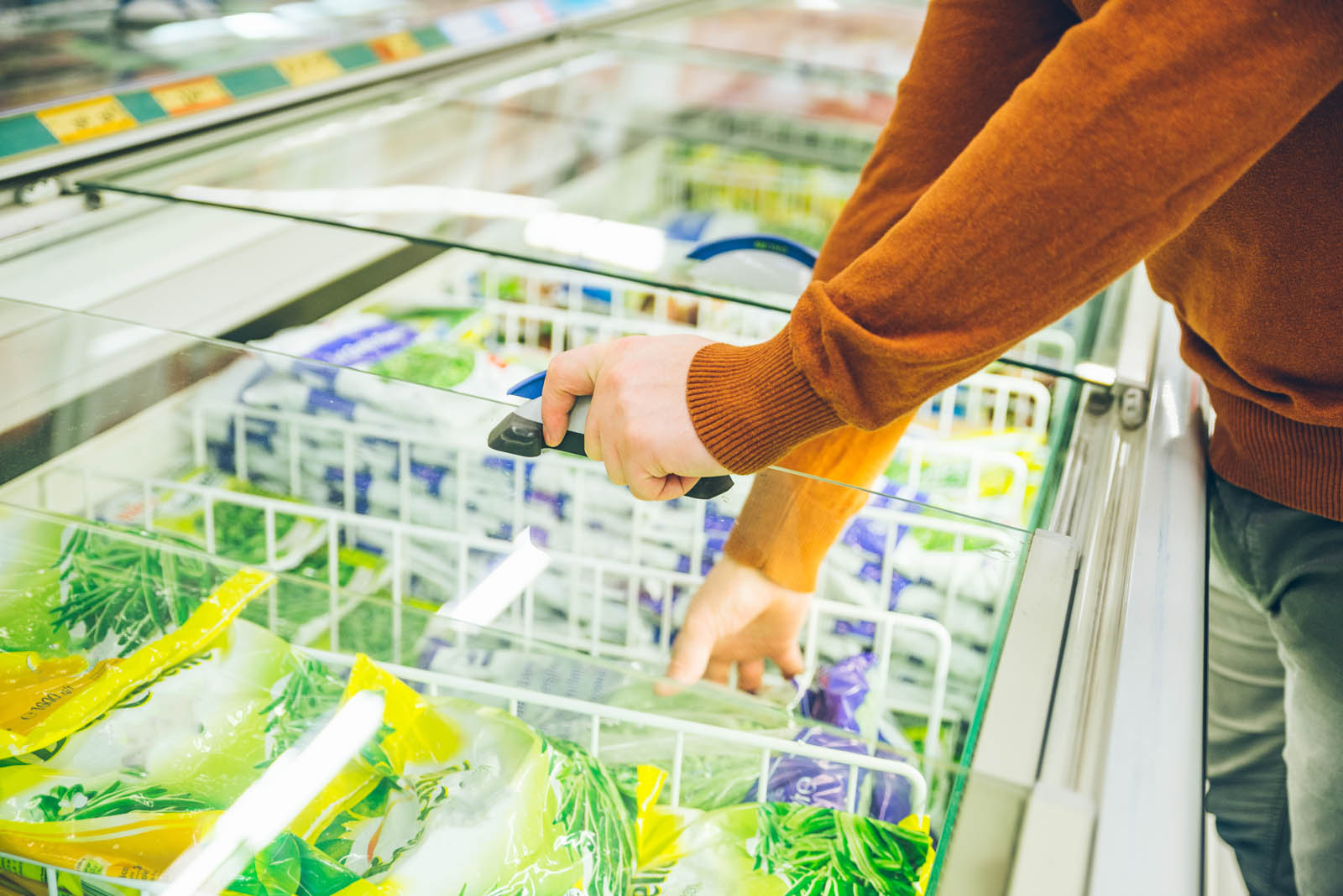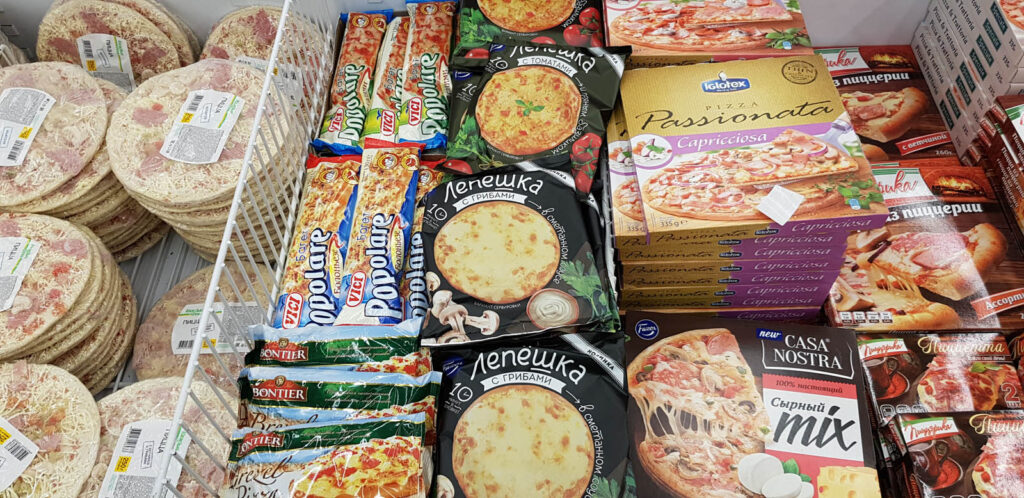
Case Study
How to Keep the Frozen Food Momentum Going After COVID-19
overview
The sale and consumption of frozen foods saw tremendous growth amid the COVID-19 pandemic through a combination of new category buyers and increased purchase volume. The trend was driven by a number of factors, including people eating more meals at home, cooking fatigue, heightened stock-up behaviors/trip consolidation, longing for comfort food/nostalgic flavors, growing financial pressures, and category innovation. During the pandemic, frozen food manufacturers had a unique opportunity to capture the hearts and minds of new and returning consumers and turn them into brand loyalists who would continue to purchase even after restaurants reopened. But how could these manufacturers best take advantage of this unique situation?
This was the goal of our client, a well-known manufacturer of frozen foods and meal solutions. They sought to better understand the frozen food shopper’s journey in order to gain new and actionable understanding of behaviors, habits, and drivers in wake of COVID-19 pandemic. They approached C+R for help with both uncovering the consumer path-to-purchase and with using the learnings to optimize their overall retail strategies.
THE PROBLEM
Will the Growth in Frozen Food Continue?
Our client, a large, well-known manufacturer of frozen foods and meal solutions, wanted to update their understanding of the category given the impact of the COVID-19 pandemic, which led to tremendous growth in the sector. They sought to conduct foundational path-to-purchase research to achieve a fresh and actionable understanding of frozen meal shopper behaviors, habits, and drivers.
They asked C+R Research to create a customer journey map of the frozen food buying process, including emotions and behaviors occurring prior to shopping, during shopping, and after shopping. With this information, they hoped to optimize their overall retail strategy by identifying critical points of influence to address the unmet needs and triggers of shoppers and to demonstrate solutions to drive sales. They also wanted to customize shopper marketing plans and enhance key retailer partnerships through an understanding of the specific needs and triggers of key retail partners’ customers.

OUR APPROACH
Multi-phase Approach Using Both Qualitative and Quantitative Methods
C+R developed a three-phase qualitative and quantitative research study to deep dive into the frozen foods consumer, including who they are, what they think, and how they shop.
Phase 1 consisted of an online immersive community with an in-store shopping mission. Using a national sample, we had frozen food shoppers complete various activities, including polls, open-ended questions, and a journaling activity that captured their actions and emotions buying frozen foods, including pre-store, in-store, and post-store. These activities helped our client get to know the frozen food shopper more deeply and learn more about their needs and wants when it comes to frozen foods.
Phase 2 allowed us to deep dive into the dynamics of shopping in-store for frozen foods. Due to COVID-19 restrictions, these shop-alongs took place using remote technology. Through smart phones and an online platform, a moderator was able to “ride along” with shoppers as they took us through their process shopping for frozen foods. We also had shoppers complete a pre-homework activity to gain a contextual understanding of shoppers’ needs.
Finally, during Phase 3 we conducted a foundational survey to quantify frozen food shoppers’ habits, practices, and preferences. We profiled their last category purchase from pre-shop planning to in-store behaviors to consumption patterns. We were also able to dimensionalize various observations from the qualitative phases.

The result
Shopper Journey Paves the Way for New Strategies and Tactics
With this research design, our client gained a thorough understanding of the needs, pain points, and desires of their customers along the journey for purchasing frozen foods. The research identified the triggers to begin the journey and identified pre-store, in-store, and post-store feelings and behaviors throughout the shopping journey. The client also received actionable insights so they could immediately utilize the learnings to optimize their marketing and retail strategies.


proven experience
related case studies
